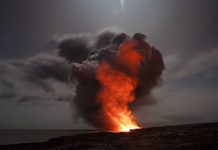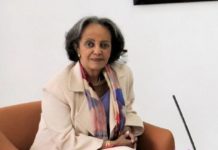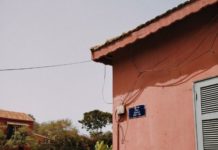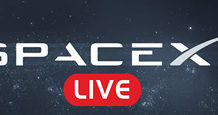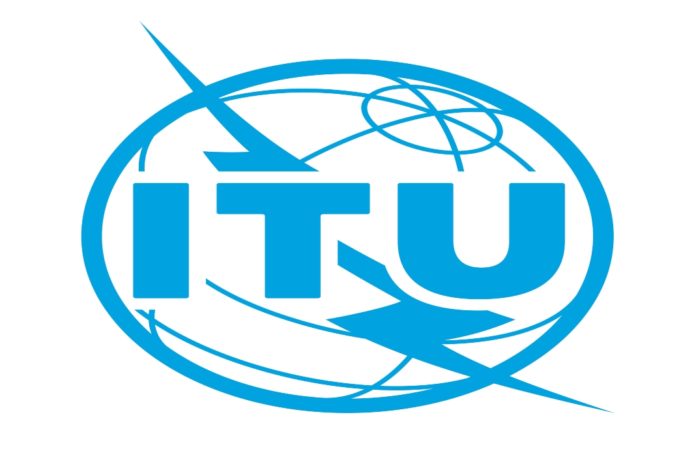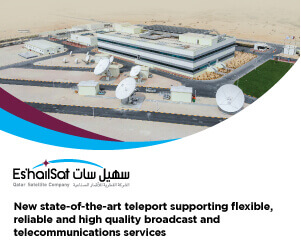There was one primary issue for due consideration when the World Radio communication Conference took place 4 years back – the stopping of telecommunication operators from taking the C-band spectrum away from the satellite operators.
Now when WRC-19 will take place, which is set for October 28 to November 22 in Sharm El-Sheikh in Egypt, there are multiple issues to be addressed with all seemingly having equal importance also entailing the fear that the efforts will be spread too thin for each issue to receive ample focus and will not be addressed in their entirety.
During the conference, regulators from around the world are expected to discuss and debate rules which will cover all the aspects required to use the radiofrequency spectrum to the best of its use.
Charles Glass, Chief of the U.S National Telecommunications and Information Administration’s International Spectrum Policy Division, at the Satellite 2019 Conference on May 08 said, “This conference is unique in that normally we have one — maybe two — what I would classify as the highly politicized agenda items. This one has about six, and there are a couple of others hiding out there that could quickly grow to that level.”
One of the conference agendas that has come to light is the allocation of spectrum for mobile networks. Ka-, Q- and V- bands are going to be on the agenda with satellite operators investing heavily in Ka-band broadband connectivity while still in the introduction phases of the Q- and V- bands; the C-band currently left out of the equation.
Intelsat’s Vice President Corporate and Spectrum Strategy, Hazem Moakkit said, “Every WRC we get another round of demands for additional spectrum for mobile.” This seems to be a recurring battle of spectrum allocations between the satellite and cellular operators. According to Jennifer Manner, EchoStar’s senior vice president of regulatory affairs, mobile networks have more spectrum to gain at the WRC-19 as compared to the satellite networks.
New industry trends also form the basis of other topics that will come under debate and discussion during the conference. Introducing deployment milestones for satellite megaconstellations due to the high demands for spectrums for such systems and details of how long will each operator be given to deploy its constellations will also come under debate during the WRC-19.
Another very important issue that is expected to be brought under discussion and debate at the WRC-19 is the issue of “short duration satellites” that orbit for 3 years or less and are mostly launched without prior notification to the ITU creating signal interferences as these always do not use a normal regulatory path which creates challenges intensified by their popularity as a low-cost means of reaching space.
“These systems are proliferating at an ungodly rate at the moment,” said Charles Glass. “They are being put up quite often in large clouds of small devices, some of which only last a matter of weeks [and] some of which of course last longer. This is an issue we are going to have to find a way to address.”
Constellation milestones, short duration satellites along with some other issues have been categorized as “Agenda Item 7” by ITU in their 170-paged preparatory report for WTC-19; which has been described by Manner as “essentially a conference in itself.”
“We have to remember that there’s 33 gigahertz of spectrum in the bands that are being looked at for [International Mobile Telecommunication] for terrestrial 5G. When you look at what’s been advocated for by the satellite industry, it’s protection in some of the bands for individually licensed earth stations, things like gateway earth stations, and then there’s a need for a certain amount of that spectrum for user terminals,” said Manner.
Citing 51.4 to 54.4 gigahertz, Manner said that the satellite industry could gain new spectrums, however cautioning simultaneously that cellular operators could dominate the spectrum gains. Glass on the other hand elaborated how multiple spectrum studies have assessed and completed their study for satellite, cellular and other technologies to co-exist on the available 33 gigahertz.
“There will be a lot of work in making sure that the satellite community is well positioned going forward into the future, but at the same time making sure that the actions we take in the conference don’t hinder current and planned systems as well,” Glass said.
Future Agenda
The future agenda items that will be discussed in WRC of 2023 are still a mystery and are unpredictable as of now.
“Future agenda items are always underestimated,” Manner said. “Most countries don’t start preparing for future agenda items until very late in the cycle, and even during the meetings I think most delegations are sitting there going ‘what should we do?’ It’s always a last-minute issue, but it’s critical. It shapes the future agendas of the conferences.”
Intelsat’s Moakkit showed concern over the probability of some regions asking for half or all of the 3.4-4.2 gigahertz used by the satellite operators to repurpose the C-band for cellular networks. However they are planning to introduce the allowing of aeronautical Wi-Fi in larger swaths of Ku-band.
Brazil on the other hand plans to auction 300 megahertz of spectrum from 3.3 to 3.6 gigahertz for cellular signals but is expected to stop at just that and not go beyond; as deliberated on by Leonardo de Morais, a commissioner at Anatel – a telecom regulator in Brazil.
“We have to start with what is good, not with what is optimum,” he said. “I think that the satellite has a very important role in the C-band, so I think it’s too soon [to take more].”


